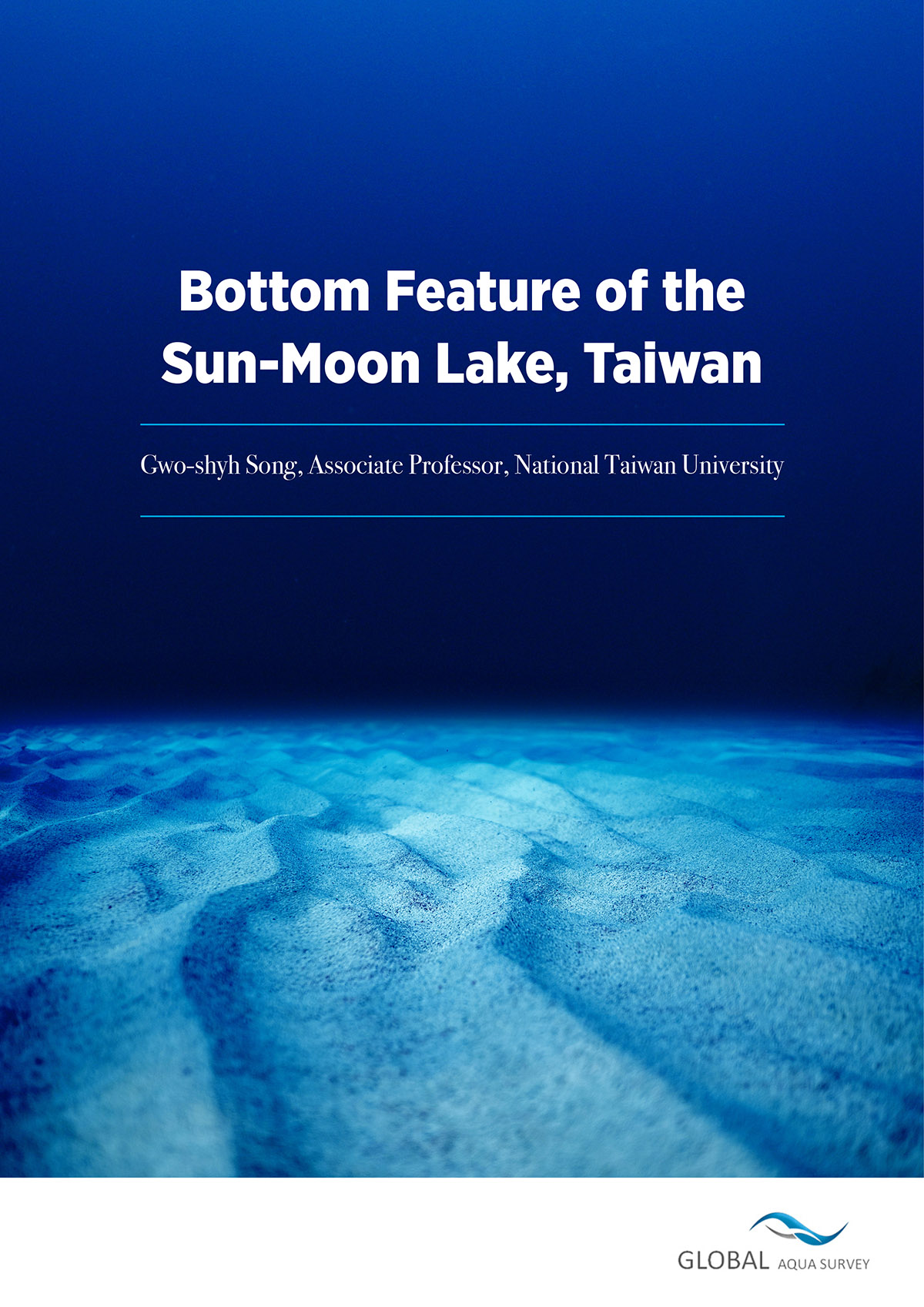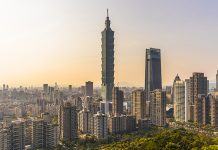Here, Gwo-shyh Song, Associate Professor at National Taiwan University, discusses the energy and reservoir importance of the Sun-Moon Lake in Taiwan
Today, Sun-Moon Lake is home to three key power plants. It has the largest and most crucial reservoir of water in Taiwan. But though today, the lake appears like it belongs there – this was not always the case.
Seventy years ago, the Shao people lived in the region of Sun-Moon Lake. They had been there since the time of the Qing dynasty, in a group of around 800 people before they were forced to move. The Shao people were further unrecognised by the Taiwanese government – but it is their ancestral land that now provides hydroelectric power to Taiwan.
How did this come to be? What is the situation of the land now?
Tourism has become a strong element of the contemporary situation of the Sun-Moon Lake region, competing with hydroelectric power generation as a main use of the land. There are nuanced debates and discussions about the appropriate use of the land, and then there is the science behind it.
The exact measurements of the bottom of Sun-Moon Lake, what was there before, and the future potential of the region have been thoroughly researched by Professor Gwo-shyh Song, who has deciphered many things about this much-contested region of land.
Read all about these key findings in the words of Professor Gwo-shyh Song, who describes the unique importance of the Sun-Moon Lake to Taiwan and beyond.
More About Stakeholder
-
Global Aqua Survey Ltd – underwater surveying and investigation
Global Aqua Survey is comprised of experts in marine industries and focuses on providing expert underwater surveying and investigation
Contributor Profile
Editor's Recommended Articles
-
Must Read >> A focus on green energy Taiwan














